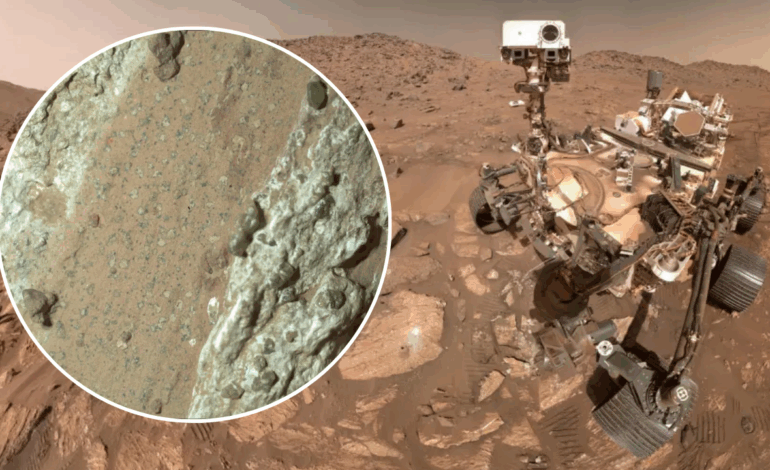China Eyes Mars Sample Return as NASA’s Plans Hit Snags

NASA’s Perseverance rover has potentially identified a biosignature in rock samples collected from Mars, but delays in the United States’ Mars Sample Return (MSR) mission may open the door for China to retrieve similar samples first. On September 10, 2023, the Perseverance team announced its findings from a rock formation known as Cheyava Falls in Jezero Crater, though further analysis is necessary to confirm whether the minerals were formed through biological processes or non-biological means.
The rover collected a core sample named Sapphire Canyon, which is stored in a tube designed for eventual return to Earth as part of the MSR campaign. This mission has faced significant challenges, including delays and budget overruns, leading to uncertainties about its future. The proposed 2026 federal budget, put forth by former President Donald Trump, suggests cuts to NASA’s funding, potentially jeopardizing the MSR mission.
As the MSR project faces obstacles, China’s upcoming Tianwen 3 mission is set to make its move. Scheduled to launch in late 2028 and return samples to Earth by 2031, Tianwen 3 aims to collect approximately 500 grams of Martian material using a drill, scoop, and small drone. The mission’s landing site is yet to be determined, but Jezero Crater, where Perseverance is currently exploring, could be a viable target.
Choosing a landing site for Tianwen 3 involves navigating various engineering constraints. The mission requires a landing location between 17 and 30 degrees North latitude. Jezero Crater, positioned at 18 degrees North, fits this criterion. However, due to its altitude—approximately 2,600 meters below Martian “sea level”—this region may not meet the mission’s needs. Tianwen 3 must land at a site at least 3,000 meters below sea level to ensure a safe descent through the Martian atmosphere.
NASA has developed advanced technologies over decades to enable precise landings on Mars, allowing for targeted exploration of scientifically rich sites. In contrast, Tianwen 3 will operate with a larger landing ellipse, measuring approximately 50 by 20 kilometers, making it challenging to target specific locations, such as where Perseverance collected Sapphire Canyon.
Despite these limitations, the recent discoveries by Perseverance could guide Tianwen 3’s landing site selection. The mission might focus on similar clay-rich areas and past riverbeds, akin to the environment where the Sapphire Canyon sample was found.
With the MSR mission in limbo, NASA must explore alternative strategies to secure the return of Perseverance’s samples. The potential for China to lead in Mars sample return adds a new layer of complexity to the ongoing exploration of the Red Planet, underscoring the importance of timely political and financial support for NASA’s objectives.






